Chenxi Xiao
I am currently a Ph.D. student in the Intelligent Systems and Assistive Technologies (ISAT) Laboratory in the School of Industrial Engineering at Purdue University (advised by Prof. Juan Wachs). My research interest includes active tactile perception, robot manipulation, haptic interface, learning-based control systems, and electrical development. I desire to develop autonomous frameworks to enable efficient tactile exploration and object manipulation for robotics. I also work on tactile sensors and haptic interfaces which convey the sensation back to humans.
Active Multi-Object Exploration and Recognitionvia Tactile Whiskers [PDF] [Video]
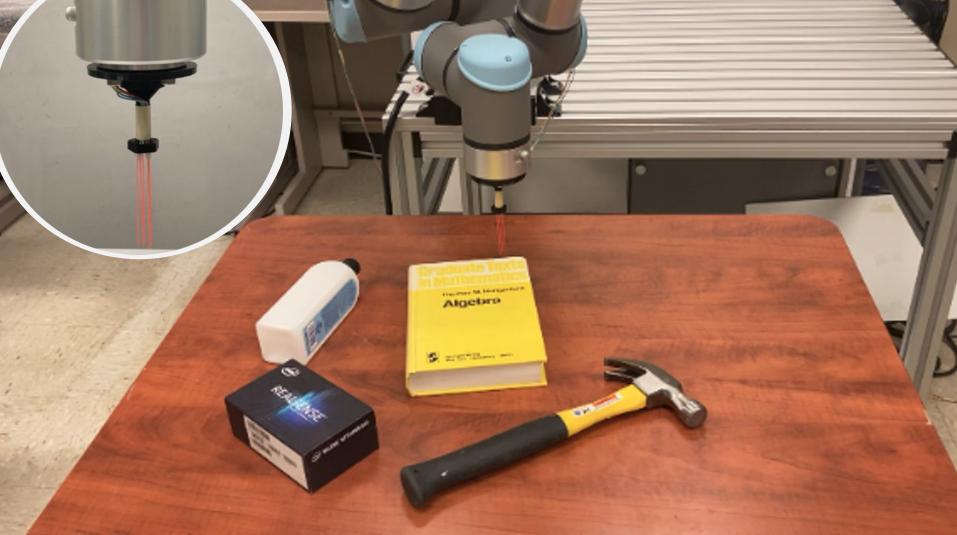
Robotic exploration under uncertain environments is challenging when optical information is not available. We introduce an autonomous policy to explore an unknown task space based on tactile sensing alone, aimming to localize and recognize objects inside the scene. To reduce the intrusiveness to the environment, a highly sensitive and compliant whisker tactile sensor was developed. The interaction process can provide sufficiently discriminative features and allows object recoginition.
Nonmyopic Informative Path Planning Based on Global Kriging Variance Minimization [Video]
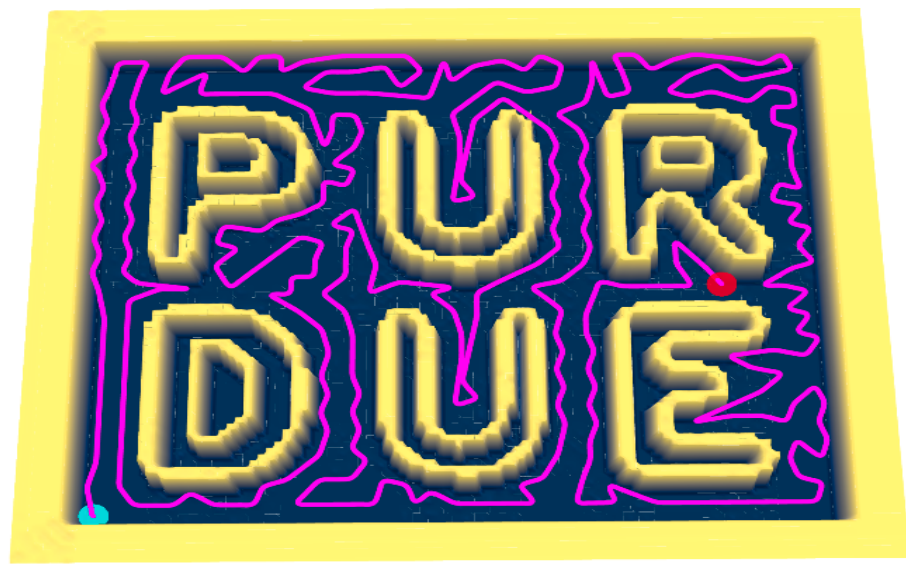
Remote, hazardous, and extreme exploration missions require robots to be equipped with on-board sensors for rich and heterogeneous information during deployment. We propose a novel planner that is capable of planning global exploration paths over a nonmyopic planning horizon. The algorithm is flexible enough to be applied to various information acquisition tasks. The tractable computational cost allows the horizon to be long enough for scene coverage. The algorithm was deployed on a real robot for accomplishing tactile based object searching tasks.
Triangle-Net: Towards Robustness in Point Cloud Learning [PDF][Code]

Point cloud classification methods that are robust to various sampling resolutions, noisy measurements, and unconstrained pose configurations are desired for many computer vision systems in unstructured environments. Previous research has shown that points' sparsity, rotation and positional inherent variance can lead to a significant drop in the performance of existing point cloud based classification techniques. We propose a novel approach for 3D classification that can simultaneously achieve invariance towards rotation, positional shift, scaling, and is robust to point sparsity.
FIST-D: An Object Aware Visualization and Manipulation Framework Based on Tactile Observations [PDF]
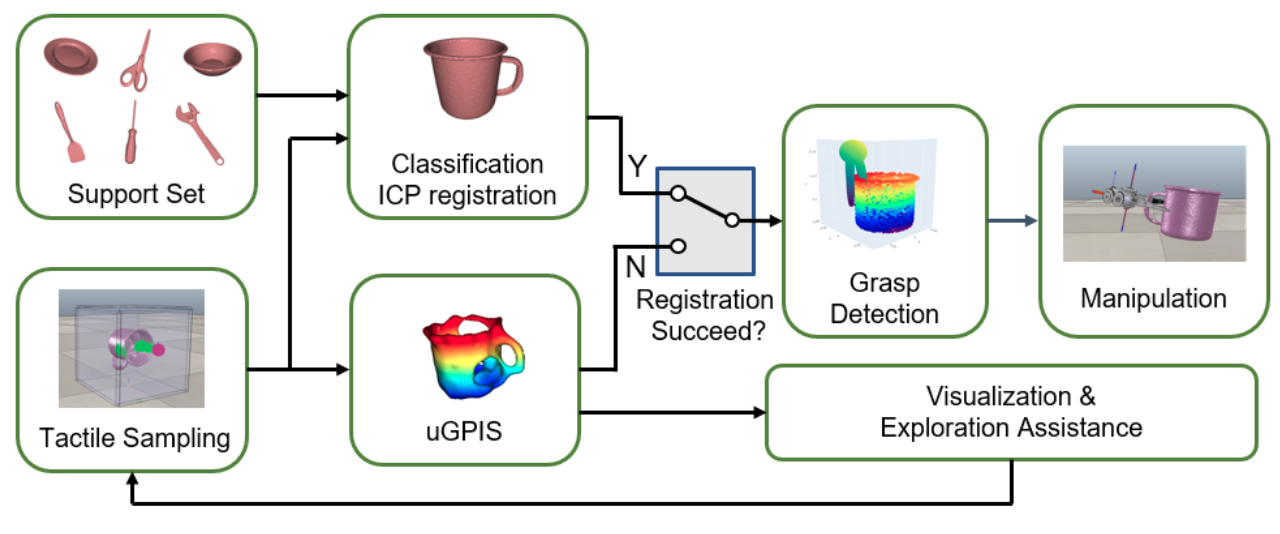
We propose FIST-D, a framework that augments tactile observations by integrating knowledge from a support set of CAD models. The main challenge of utilizing tactile point clouds is the inductive bias induced by the multifactorial variances in the tactile measurements. To address this issue, our framework adaptively integrates two solutions: 1) An approach that proposes high-quality CAD objects from the support set, and 2) uGPIS, an occupancy possibility-based reconstruction method that enables generalization to unseen objects.
Flying Through a Narrow Gap Using End-to-endDeep Reinforcement Learning Augmented withCurriculum Learning and Sim2Real [PDF] [Video]
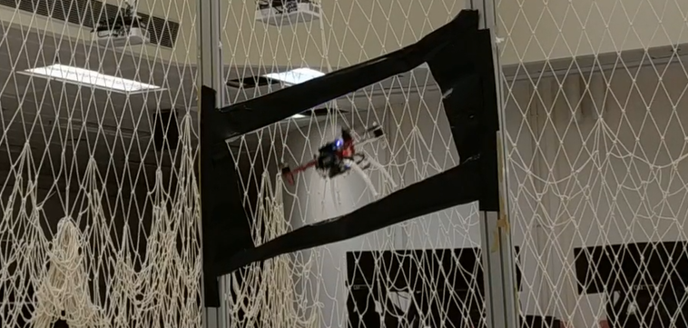
Traversing through a tilted narrow gap is previously an intractable task for reinforcement learning mainly due to the reward sparsity and the degraded performance Sim2Real. This difficulty is aggravated by the intractability of collecting sufficient real-world data due to the risk of collision damage. To tackle this issue, we introduce a learning configuration that integrates curriculum learning and a Sim2Real technique proposed by us. This allows the traversing task to be accomplished purely using deep reinforcement learning.
One-Shot Image Recognition Using Prototypical Encoders With Reduced Hubness [PDF][Code]
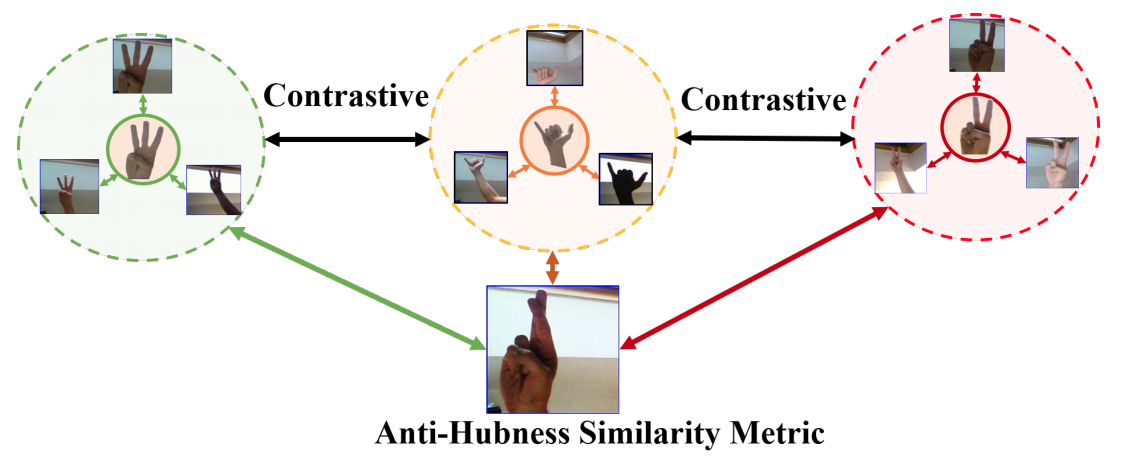
Our main goal is to recognize unseen hand signs (gestures) traffic-signs, and corporate-logos, by having their iconographic images or prototypes. Previous works proposed to address this problem by variational prototypical-encoders (VPE) model. Nevertheless, we discovered that its performance is significantly hampered by the so-called hubness problem. Hence, we propose a new model (VPE++) that inherently reduces hubness and incorporates contrastive and multi-task losses to increase the discriminative ability of FSL models.
